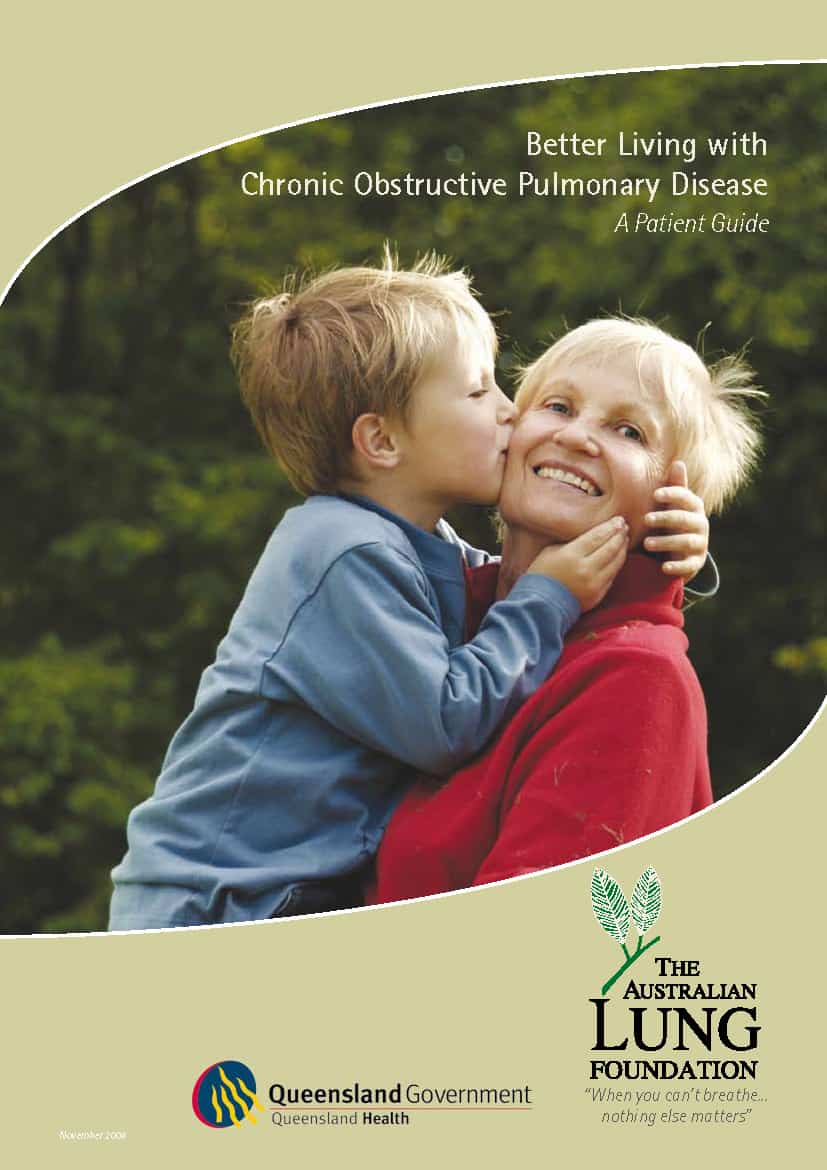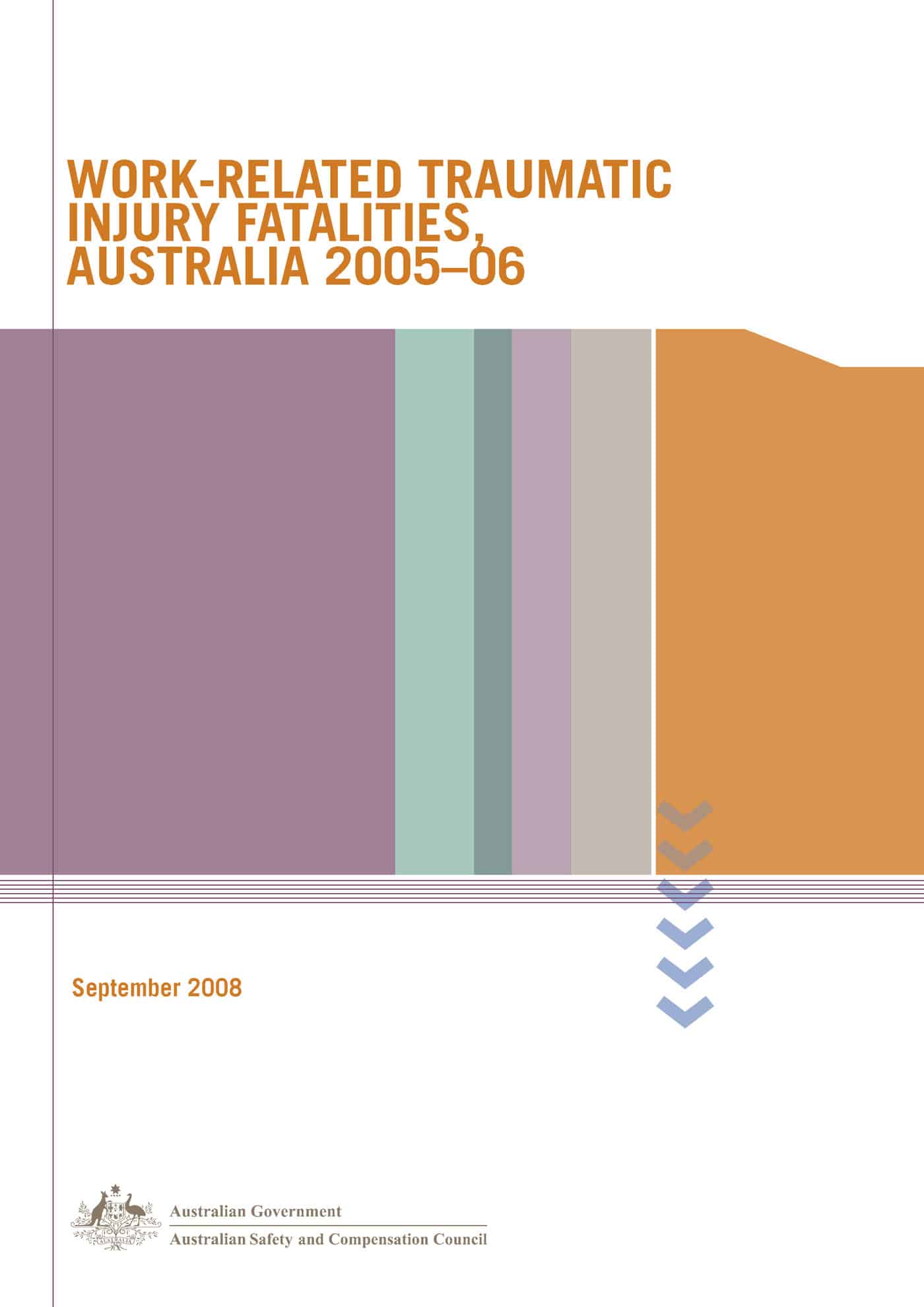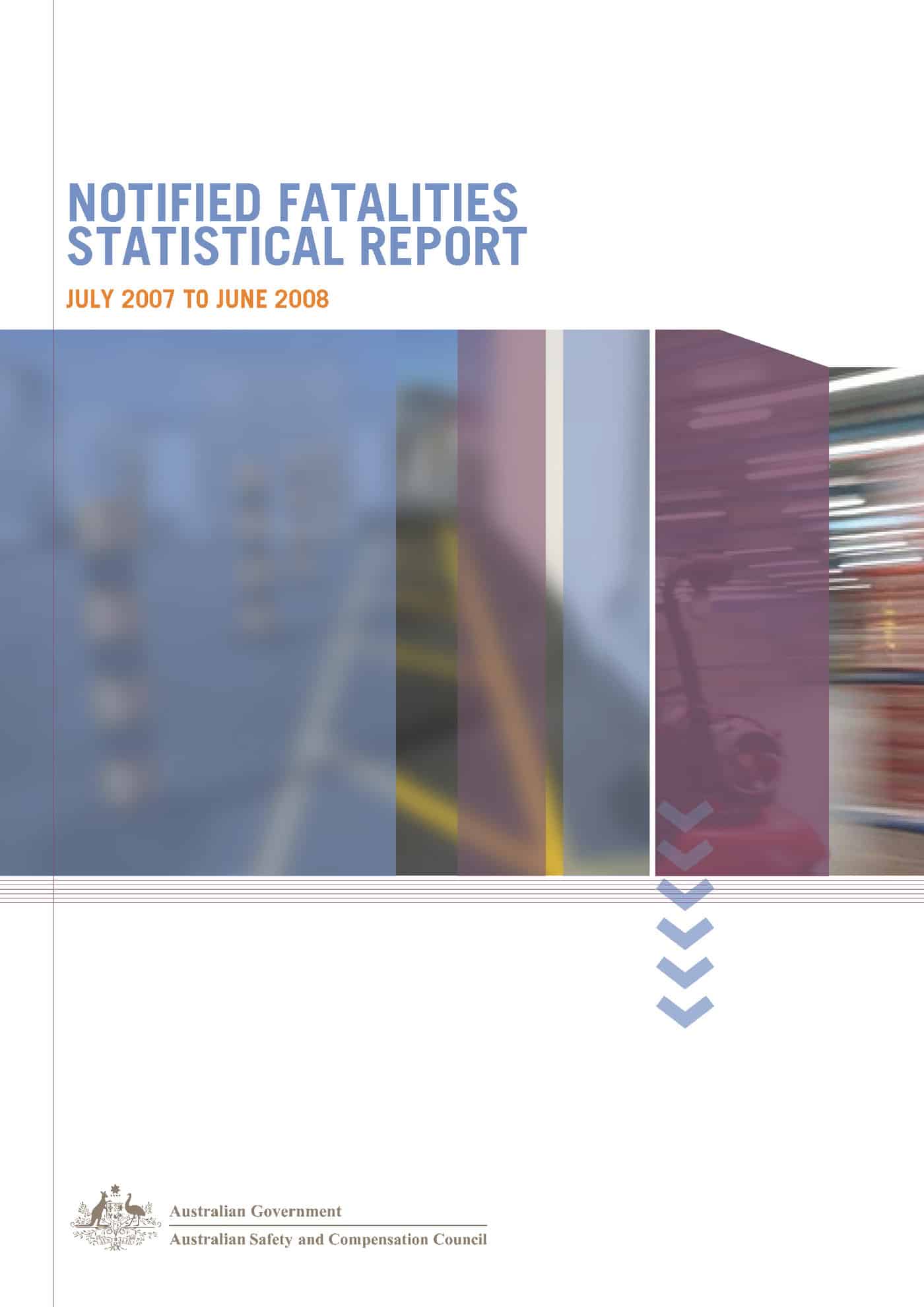Earlier this year, SafetyAtWorkBlog reported on the attack on a nurse in the Torres Strait Islands north of Australia, the investigation of the issue by Queensland Health and the mechanisms introduced to get the working conditions and accommodation up to a safe level. In this case there was a clear link between occupational health and safety and the security of a worker.
OHS law in Australia obliges workers and those in control of a workplace to ensure the safety of people on their premises. Last week the Northern Territory government received a report (081128vol1-f9c6d46d-75d5-4a5e-95e7-7c040ae6600c1) into the security measures at the Royal Darwin Hospital. This hospital has undertaken fantastic medical work in the past, most noticeably, on a large scale following the bombings in Bali in October 2002.
However it failed to prevent the rape of a five month old female infant on 30th March 2006, while the indigenous baby was an inpatient.
Carolyn Richards, the Health & Community Services Complaints Commissioner, said in her report
As a result of a complaint reported to the Health & Community Services Complaints Commission an investigation was undertaken by the Director of Investigations, Mrs Julie Carlsen, who is employed as the Director of Investigations (DI) Health & Community Services Complaints Commission.
This report highlights that the Department of Health & Community Services (DHCS) needs to implement effective risk control mechanisms to minimise the risk of an assault on a vulnerable inpatient in the Royal Darwin Hospital (RDH). The investigation has led to the conclusion that DHCS (DHF) and RDH have not complied with the applicable Australian Standard. It has also revealed that crucial information has been withheld from an expert engaged by RDH to review security arrangements and from the DHCS (DHF) Security Manager based at RDH. This report also details inadequacies and failings by those responsible for managing RDH who have failed for over two years to implement and maintain better security for patients in the Paediatric Ward. It is published with the hope that it will cause DHCS (DHF) and RDH to give higher priority to improving its risk management and security procedures.
The Commissioner’s conclusions are worth including here so that OHS professionals and security officers can establish appropriate procedures for their workplaces.
1. On 30th March 2006:
- There were no arrangements in place on the Paediatric Ward to ensure the safety and inviolability of vulnerable patients.
- No risk assessment had been conducted.
- The arrangements in place did not comply in any aspect with the Australian Standard which sets the benchmark for proper security.
- There was no control on access to the Ward or to the patients.
- The staff had not received adequate training, and possibly none at all, about the risks arising from lack of security arrangements.
- In 2002 RDH had commissioned and received an expert consultant’s assessment and report on security arrangements at RDH. The Terms of Reference did not require 5B to be assessed. By 30 March 2006 the recommendations in the report had not been implemented in Ward 5B. This failure can only be described as shameful.
- Following the rape of the infant police were not notified for about 2 hours.
2. Action taken by RDH after the rape to improve security was: (a) slow (b) inadequate, and (c) has not been adequately evaluated or reviewed to determine its effectiveness
3. RDH has a Security Manager on site as well as an NT Police member stationed at the hospital. Neither has been asked to evaluate the security on the Paediatric Ward either before or after the rape of the infant.
4. Staff working on the Paediatric Ward have not been trained at their induction on the elements of security arrangements to reduce the risk to vulnerable patients nor has there been adequate ongoing training of staff before or after the 30th March 2006 incident.
5. In 2007 the same expert safety and security consultant, as in 2002, was engaged to assess security arrangements at RDH. He was not informed of the rape of the infant in March 2006 nor was he asked to report specifically on arrangements in the Paediatric Ward.
6. On 21 November 2007 two investigation officers from the Health and Community Services Complaints Commission visited the Paediatric Ward by prior arrangement. They were able to enter the Ward and wander around, have entry to every part of it and stand at the nurse’s station, for about 25 minutes without anyone asking who they were and why they were there.
7. Management’s lack of commitment to the proactive identification of risks and to taking appropriate action has not created a culture where each member of staff takes responsibility for identifying and reporting risks and developing safe practices.
8. A security review of RDH was carried out by an expert hospital safety and security consultant who issued a report in 2007. The Security Manager of DHCS (DHF) was not given a copy even though he requested it. HCSCC enquired of RDH management why he was not given a copy and RDH have offered no explanation. On 31 October after this report was published to RDH and DHF the CEO of DHF advised this Commission that he had finally been given a copy and that he had seen a draft copy.
9. RDH Maternal and Child Health Clinical Risk Management Committee considered security in the Paediatric Ward following the incident. The Committee met on 16th May 2006, 2.5 months after the rape of the infant. It met a further 4 times. It submitted an action plan to the General Manager of RDH in July 2006. At its last recorded meeting on 5 September 2006 there had been no response from the General Manager on the recommendations, particularly with respect to installing CCTV cameras with recording facilities on the Paediatric Ward. There were still no recording cameras on the Paediatric Ward as at June 2008 although a CCTV system had been installed in the kitchen area to deter the pilfering of food. Dr David Ashbridge on 31 October 2008 advised, when responding to a draft of this report, that CCTV cameras were installed in Paediatrics on 25 August 2008.
10. The surveyors from the Australian Council of Health Standards which accredits RDH probably did not receive all relevant information about the incident of 30 March 2006 and what action RDH were taking. Those surveyors on 13 October 2006 were informed by RDH that the patient information pamphlet and admission interview are being reworded to reflect the changes to ward access. There was no verification throughout the investigation that any action had been taken by RDH to implement the recommendations of the review. Neither the report of ACHS nor records of information given to ACHS have been provided to the HCSCC. DHCS (DHF) was invited to provide me with those relevant documents in response to this draft. No response was received on this issue from DHF or RDH. According to the published information of ACHS the accreditation survey commences with a self assessment by the hospital concerned. This Commission specifically requested details and copies of the information provided to the ACHS surveyors but no response was received from either the CEO of the Department or the General Manager of RDH.
11. The governance arrangements at RDH do not promote adequate transparent accountability of the General Manager and the Department of Health and Families for the operation of the hospital. Control of all aspects of the day to day management of RDH rests in the hands of three individuals. This includes staff recruiting, training, security, nursing and medical services, procurement, record keeping, financial accountability and risk management. Such specialist management groups as exist are subordinate to the General Manager’s authority. The General Manager reports to the Director of Acute Services who reports to the CEO of the Department. I have been unable to find out what role the Royal Darwin Hospital Board has since its last annual report to 30 June 2006.
It is well worth obtaining the complete report to understand how such an individual tragedy occurred. As one media commentator has posited
“One wonders what the reaction would have been if a non-indigenous infant was raped.”




